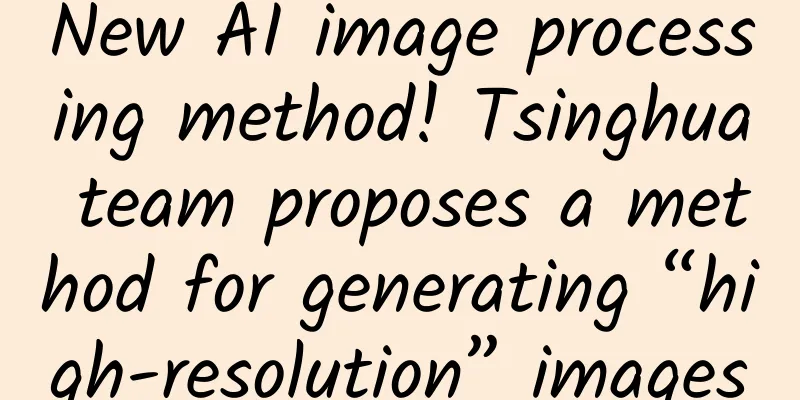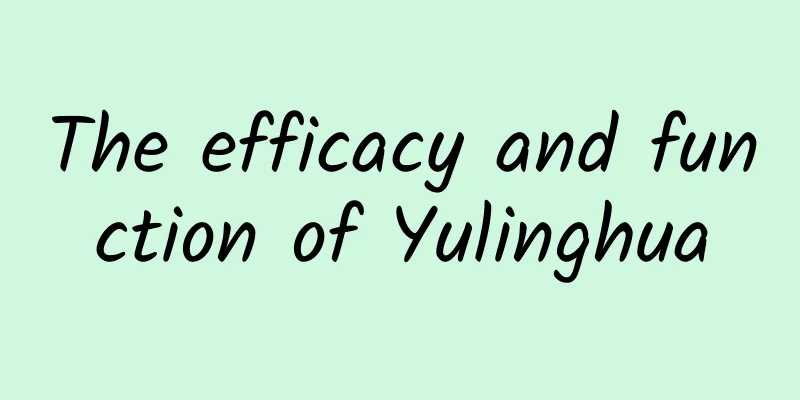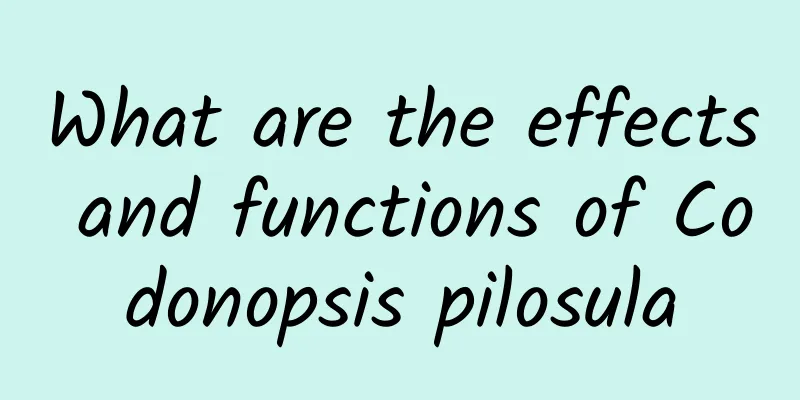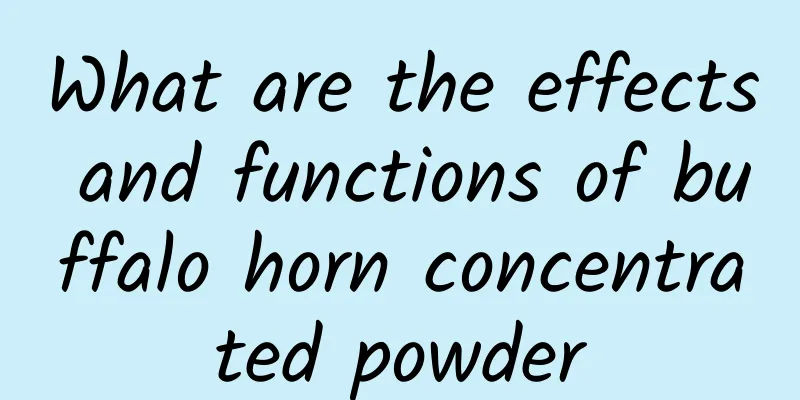New AI image processing method! Tsinghua team proposes a method for generating “high-resolution” images

|
In the hot field of "AI image generation", a seamless diffusion model of arbitrary resolutions has emerged . Recently, a research team from Tsinghua University and Zhipu AI jointly proposed a new cascade model - Relay Diffusion (RDM). It is reported that with this model, the diffusion process can be carried out seamlessly at any new resolution or model without having to start over from pure noise . The related research paper titled “Relay Diffusion: Unifying diffusion process across resolutions for image synthesis” has been published on the preprint website arXiv, and the related code has been released on GitHub. In recent years, diffusion models have achieved great success in image synthesis, significantly improving the quality of image synthesis. However, diffusion models still face great challenges when synthesizing high-resolution images . First, low-resolution noise scheduling is difficult to use directly for high-resolution images. Researchers need to carefully adjust the noise scheduling table for high-resolution scenes, and it is still difficult to obtain good results. Second, the high-resolution training process requires a lot of resources and has a high computational cost. Currently, a commonly used solution is to train in latent space and then map it back to pixel space, as proposed by latent (stable) diffusion. However, this method is inevitably affected by low-level artifacts. Another solution is to train a series of super-resolution diffusion models of different resolutions to form a cascade. The existing cascade method is effective, but it requires complete sampling from noise at each stage, which is inefficient and the effect is heavily dependent on training techniques such as conditional enhancement. In order to better solve the above problems, the research team proposed the cascade model Relay Diffusion. While having the advantages of the original cascade method, with the help of blurring diffusion and block noise, it can seamlessly connect between any different resolutions, just like a "relay race", greatly reducing the cost of training and sampling . According to the paper, through discrete cosine transform spectrum analysis, it was found that the signal-to-noise ratio (SNR) corresponding to the same noise intensity at a higher resolution in the frequency space is higher in the low-frequency part, which means that the low-frequency information of natural images is not well destroyed. To this end, the study proposed a block noise with correlation between pixels, whose corresponding SNR at high resolution is equivalent to the SNR of Gaussian noise at low resolution in the low-frequency part . Taking 64×64 and 256×256 as examples, the overall process of Relay Diffusion is: first generate a low-resolution image through the standard diffusion process, then upsample it to a blurred high-resolution image with the same pixel value in each 4×4 grid, and then perform a blurring diffusion process (blurring diffusion) on each 4×4 grid independently. This aligns the final state of the forward process with the upsampled blurred image, so the second stage of Relay Diffusion can directly start from the blurred image instead of pure Gaussian noise in the existing cascade method. Experimental results show that compared with the traditional cascade diffusion model, Relay Diffusion omits the part of generating low-frequency information when generating high-resolution images, which greatly saves computing costs. It is also simpler and does not require low-resolution images as conditions and various conditional enhancement techniques, and does not require redesigning or adjusting the noise schedule. In addition, Relay Diffusion can achieve better generation performance faster while saving costs. It achieves SoTA's FID on the unconditional dataset CelebA-HQ-256 and SoTA's sFID and competitive FID on the conditional dataset ImageNet-256, significantly exceeding models such as ADM, LDM, and DiT. Relay Diffusion also shows strong performance advantages when no classifier guidance (CFG) is used. The research team said that the cascade model proposed in this study will help create more advanced text-to-image models . In the future, they will continue to apply the relevant technologies in Relay Diffusion to the general field of literary graph models, so as to promote further research in this field. Paper link: https://arxiv.org/abs/2309.03350 GitHub address: https://github.com/THUDM/RelayDiffusion |
>>: The more you walk, the lower your risk of death?
Recommend
Can you make calls and send text messages on the moon? What problems need to be solved in building a 4G network on the moon?
Recently, Nokia publicly demonstrated for the fir...
Wang Hong becomes a hot candidate for the Fields Medal. Why is the Kakeya conjecture so important?
A hundred years ago, Japanese mathematician Soich...
What are the traditional Chinese medicines for liver protection and nourishment?
Alcohol can cause great harm to our liver. You ca...
What are the ways to drink Jiaogulan?
Long-term bad eating habits and lack of exercise ...
The efficacy and function of fragrant vine root
Fragrant vine root is a relatively common herbal ...
Monkeypox virus has spread to many countries. Why is it so scary?
Mixed Knowledge Specially designed to cure confus...
Who is the leader of the aging world? Is there any creature that does not age?
Produced by: Science Popularization China Author:...
The ancient zither is present in paintings from the Song and Yuan dynasties, and the taste of the zither is pure joy (Part 2)
The ancient zither is present in paintings from t...
How to take He Shou Wu tablets
The Polygonum multiflorum that we often see in ou...
How does self-heating underwear generate heat out of thin air?
Key Points ★ Heat does not come out of nothing. H...
Is it appropriate for residents of the community to put disinfectant tablets into the sewers at the same time?
Recently, a piece of news spread on the Internet....
A master of political schemes or a ruthless person? Archaeology will help you understand Cao Cao, who is not mentioned in history textbooks
On the eve of May Day, the Cao Cao Gaoling Site M...
Agile response + digital manufacturing + fast delivery + digital supply chain
Recently, the 2018 3rd China Digital Supply Chain...









